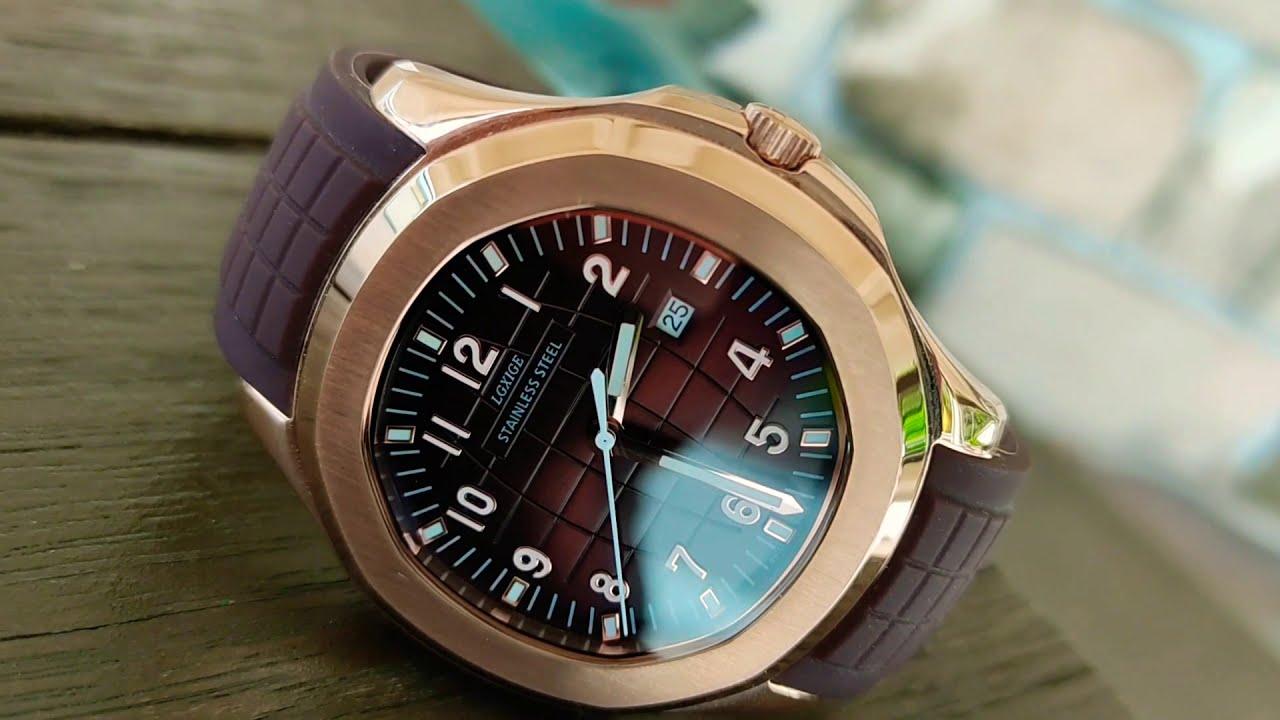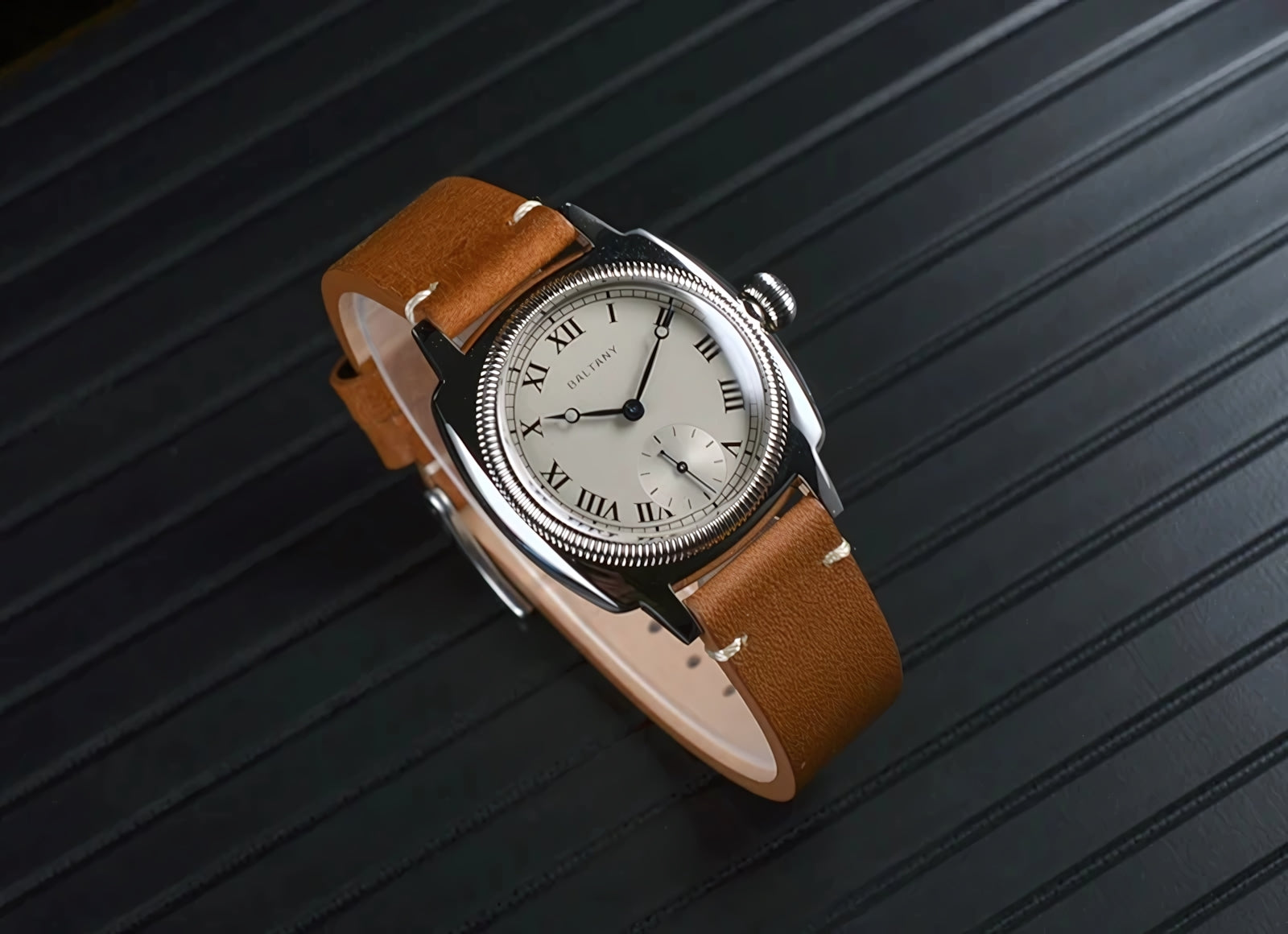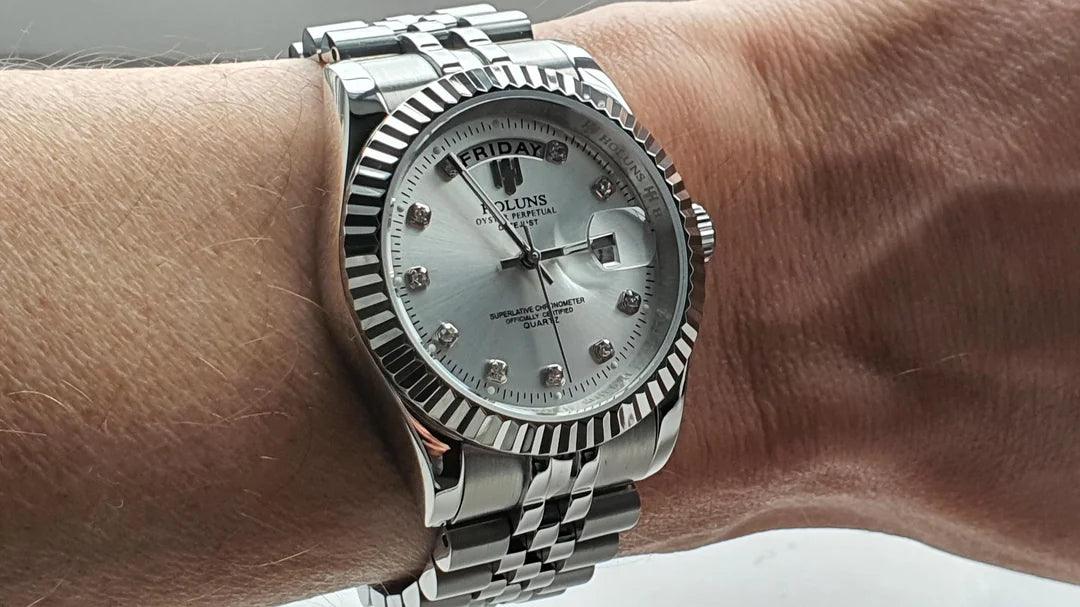
How to wind an automatic watch for first-time
There is always a ‘first time’ for everything. Your first walk, first day at school, first kiss, first heartbreak and so on. But what about the first time you own an automatic watch? Well, this one is customary. You ought to know that because everybody experiences this.
Have you ever thought of the things that you need to consider as part of owning a great timepiece? Perhaps, not yet. Several watch users these days tend to ignore a basic fact about an automatic wristwatch – that it still needs to get wound once its movement comes to a halt.
But why is it like that? There is a simple answer, but you need to learn the principle governing behind it for a better understanding.

DEBUNKING AN OLD MYTH: AN AUTOMATIC WATCH DOES NOT NEED WINDING
It is a tale old as time. The popular misconception that automatic timepieces no longer require any winding has misled many users, especially the first-timers, to believe that their watches will wind on their own; thus, the term ‘automatic.’
To shed light on this matter, here comes the main question: Do you really need to wind an automatic watch?
The simple answer is ‘Yes. You do need to wind it.’ Watch winding is necessary to prevent your watch from malfunctioning and to make sure that it will stay in perfect shape throughout the years.
Alright, let us try to make it simpler. Do you need to wind an automatic watch? The answer is yes. Yet, why? Here is a simplified explanation.
As a first-time owner, you need to understand a concept. Let us say in your collection of minimalist automatic watches, there is a certain watch that you always use. Given that it is an automatic or a self-winding watch, you expect that it will function at full blast as long as you are wearing it. This is possible because of the presence of a winding rotor inside the watch. This rotor makes the watch work because of the accumulated energy from your wrist’s natural movements throughout the day.

While you move your hands - your automatic watch is self-winding.
Yet, what happens at night? Taking off your watch before sleeping does not necessarily equate to a dead watch. It can still function because of the stored energy that is gathered throughout the day. In fact, it can still remain operative for up to 48 hours without winding it.
On the other hand, you cannot always guarantee that you can wear your watch. Automatic watches need your movements to work, so keeping it unused for a long time is harming it. Once it consumes all the power reserve and it reaches its estimated running time, you have no other option then to wind it yourself.
HOW TO WIND AN AUTOMATIC WATCH?
Winding means giving back life to your watch. Yet, how do you wind an automatic watch the correct way?
How to wind a watch is not as simple as you may think. It requires you to be more careful because a single mistake can cause permanent damage to your watch.
Here are two easy ways you can master how to wind a watch like some gentleman automatic watches.
WEAR IT ALWAYS OR TURN THE CROWN
As mentioned earlier, automatic watches rely on the wearer’s wrist movements to function. Hence, wearing it means winding it.
To wind your watch by wearing it, follow these steps:
- Wear your watch carefully.
- Gently move your wrists until you see the watch’s hands moving again.
- Make the necessary date and time adjustments, if needed.
But what if you do not wear or use your watch after a period of time? If it is within 48 hours, it will not instantly die. But eventually, it will. When this happens, you can turn its crown to wind it before setting up the time and date. Thus, turning the crown is another winding mechanism you can use.
Follow these steps when winding your watch by turning its crown.
- Manual Winding: Position the crown to 0 and then rotate it clockwise. Turn it approximately 30-40 times or until the second hand starts moving in order to fully wind the watch. (See Figure 1.0)
- Date Adjustment: Pull the crown to Position 1 and then rotate it counterclockwise until the desired date is achieved. (See Figure 2.0)
- Time Adjustment: Pull the crown to Position 2 and then rotate it counterclockwise or clockwise until your desired time is achieved. (See Figure 3.0)

Figure 1.0

Figure 2.0

Figure 3.0
Furthermore, always remember not to over-wind your watch, and make sure that its crown is pushed all the way in.
USE A WATCH WINDER
A watch winder is a device that keeps automatic watches wound even if they are not being used by imitating a human arm’s movements. Depending on the brand, it usually ranges from $50 - $500.
If you think using a watch winder is more convenient, then take note of the following:
- Choose the kind of winder box you need.
- If you are a collector, determine the number of watches that you must wind.
- Decide the winder’s rotation direction.
As a rookie, winding your automatic watch may sound too overwhelming for you. However, once you master how to do it like a pro, it is a task that you can easily ace. If you are planning to buy automatic watches, brace yourself as well for your future winding experiences.
If you are aiming for a victory, you will not go to a battlefield unprepared. The same thing goes when owning an automatic timepiece. It is a luxurious adornment that requires proper care and maintenance. Unless you are responsible enough to own one, it is better not to have it.












